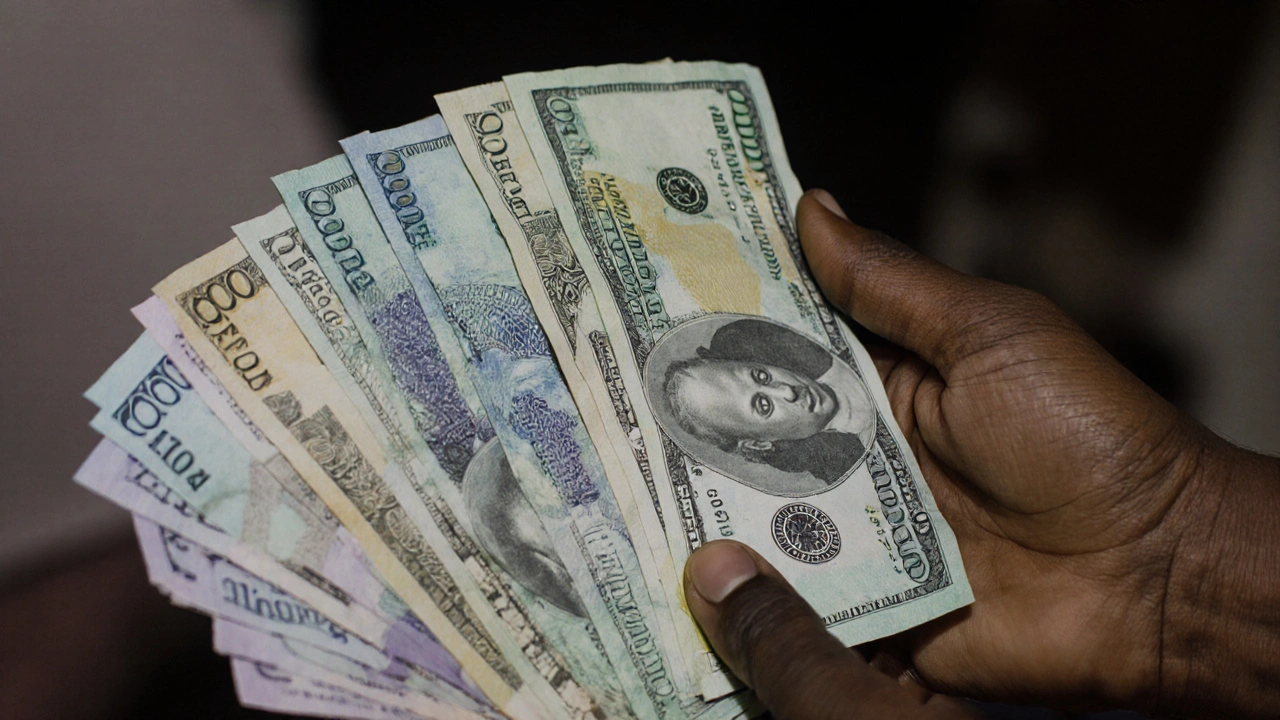Yuan – China’s Currency Explained
When talking about yuan, most people think of the yellow‑stamped notes that line wallets across Asia. Yuan, the official unit of China’s monetary system, identified by the ISO code CNY and the symbol ¥. Also known as Renminbi, it functions as the primary medium of exchange, store of value, and unit of account for the world’s second‑largest economy. The yuan isn’t just a piece of paper; it’s a signal of policy, a driver of trade, and a benchmark for investors. People’s Bank of China, the central bank that sets monetary policy, manages foreign reserves, and influences liquidity steers the currency through interest‑rate decisions, reserve requirement ratios, and occasional market interventions. Meanwhile, the exchange rate, the price of the yuan against other currencies such as the US dollar or euro reflects a mix of trade balances, capital flows, and geopolitical sentiment.
Key Factors That Move the Yuan
The yuan’s value is linked to three core drivers. First, China’s trade surplus or deficit directly adds pressure: a surplus tends to push the yuan up, while a deficit can weigh it down. Second, the People’s Bank of China’s policy stance—whether it tightens by raising rates or loosens through reserve cuts—creates short‑term swings that traders watch closely. Third, global risk appetite matters; in safe‑haven moments investors flock to the US dollar, pulling the yuan lower, whereas risk‑on environments boost demand for emerging‑market assets, lifting the yuan.
These drivers combine to form a web of cause‑and‑effect relationships. For example, “Yuan exchange rates are influenced by People’s Bank of China monetary policy” forms a clear semantic triple that helps readers understand why a rate move might follow a policy announcement. Similarly, “Renminbi and yuan are often used interchangeably” clarifies terminology for those new to the subject, while “Yuan serves as a medium of exchange for China’s domestic market and a reserve currency for some central banks” expands the context beyond borders.
Understanding these links lets you anticipate how a shift in one area—like a surprise rate cut—could ripple through exchange markets, affect import‑export pricing, and even influence the cost of travel for tourists. Whether you’re a casual reader curious about why your vacation budget changes, an investor tracking Forex trends, or a business manager planning cross‑border transactions, grasping the yuan’s mechanics equips you with better decision‑making tools.
Below you’ll find a curated list of articles that dive deeper into specific angles: from the latest policy moves by the People’s Bank of China, to real‑time analysis of yuan‑dollar fluctuations, to practical tips for handling yuan in everyday transactions. Each piece builds on the foundation laid here, giving you a richer picture of how this currency operates in the global financial ecosystem.
Yuan Gains as Dollar Weakens and Chinese Stocks Rally
The Chinese yuan has appreciated amid a softer US dollar and a buoyant domestic stock market. Year‑to‑date it’s up over 2%, with a modest 0.13% rise in the past month, trading near 7.14 per dollar. Analysts link the move to shifting global risk sentiment and policy signals. Investors are watching for further swings as China navigates growth challenges.

